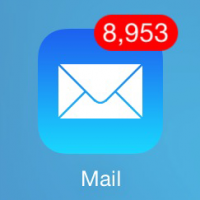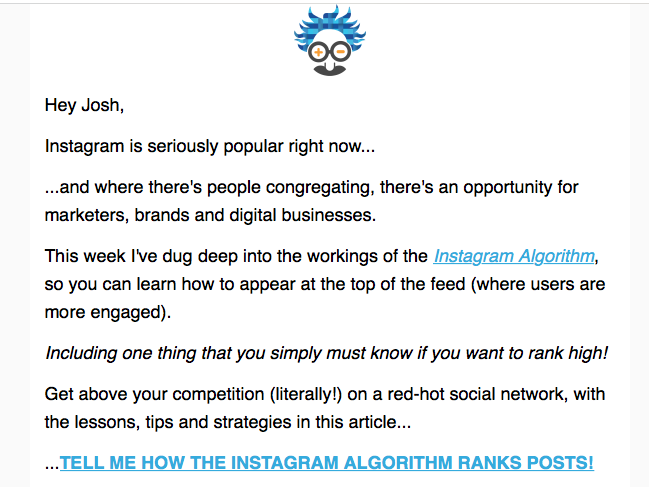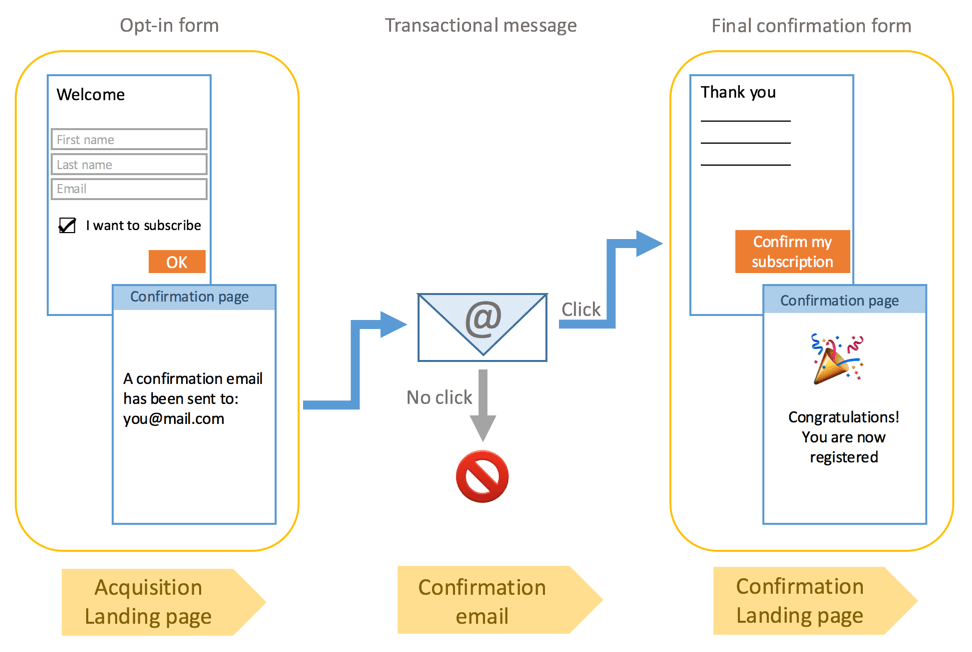Did you know that the average person receives around 120 emails a day?
With competition so fierce, earning your spot in the inbox is harder than it used to be.
If you have a business, though, getting your emails in people’s inboxes is something worth serious effort.

There are numerous myths surrounding email deliverability. Below, we’ll bust some of the most common ones since they may be hurting your email marketing more than you think.
Contents
The Most Common Email Deliverability Myths
As a PR manager for an email validation company, I’ve spent the last four years learning everything I could about email. When talking to some of my peers or even some of our customers, I realized there are things they believe to be true that are not.
Confusions and misconceptions can cause business owners and email marketers to repeat mistakes indefinitely – with painful consequences.
Many of these mistakes stem from myths that have been circulating in the industry for years. Correcting them is easy and will help you boost email engagement and return on investment (ROI).
Ready to dive in?
Here are the most prevalent email deliverability myths I’ve encountered – and how they affect your email marketing.
Email Deliverability is the Same as My Delivery Rate
This false belief still keeps many email senders in the dark about the real number of people who see their emails. Let’s dismiss it right away, agree?

Your email delivery rate is the number of emails that reach a mailbox. It’s the percentage that appears in the “delivered” section of your email marketing reports. Your email deliverability is the number of emails that reach an inbox successfully.
Why is it so important to differentiate between these two?
Because your email delivery rate doesn’t paint the whole picture!
That metric tells you how many emails reached a mailbox – but that could be the inbox or the spam folder. More important is your email deliverability, as it reflects how many emails reached the inbox, specifically.
In other words, you could have a high delivery rate but low deliverability, if your emails go to people’s junk folders.
Bounces Are OK, I’m Reaching the Rest of My List
I’ll be honest and admit: years ago, when I first started in public relations, I didn’t care much about bounces. Of course, I’d remove those emails from my list eventually, but I didn’t think getting bounces mattered that much. I was still reaching everyone else, correct?
False, false, false.
Getting a bounce here and there is understandable. However, letting your bounce rate exceed 2% can get you in trouble.
Why? Because you’re beginning to look like a spammer, and mailbox providers send spam where it belongs: to the spam folder.
Think about your reputation at work: how would you like your peers to perceive you? If you care about the way you come across, you won’t do anything to taint your reputation. The same should apply to email: as a sender, you have a reputation to protect and you can’t let bounces affect it. If you do, your emails will eventually land in spam.
So, don’t hold on to invalid and fake emails. Instead, remove them from your list right away – before they do any damage.
My Content Has Nothing to do with Email Deliverability
In reality, everything you do has an impact on your email deliverability. Some things weigh more than others, but here are some of the factors that determine your inbox placement:
- The quality of your email list
- The content you send (and how often you send it)
- The links in your emails and whether you use link shorteners (you shouldn’t)
- Your text-to-image ratio
So, what role does content play in getting your emails to people’s inboxes? In a nutshell: your content can cause your email to go to spam, no question about it.
To avoid that, think of typical things spammers do – then do the opposite.

Let’s take subject lines, for instance: do you sometimes use words like cash, money, income, free or even work from home? Despite your good intentions, words like these may trigger spam filters and cause your email to get blocked altogether.
The same goes for the body of your email.
Having too little content can sometimes come across as spammy, especially if your email is packed with images.
So, write crisp, compelling emails that gets your audience to engage. The more people engage the higher your email deliverability. If you’re in doubt about your new email, test its inbox placement before you hit Send. That way you can make changes if anything goes awry.
Double Opt-In Only Makes Things Harder
No, it doesn’t – it makes your list better.
It’s surprising how many lists I subscribe to that don’t use the double-opt-in subscription type. If these marketers used double opt-in, within seconds of subscribing, I’d receive an email containing a link. All I’d have to do is click that link to confirm that I want, indeed, to be on that email list.

Many business owners feel like adding this extra step in the process makes it harder for people to sign up. “What if they don’t click that link?” They say, “I’ll lose a subscriber!“
Sure, you might lose one but also, by not using double opt-in, you may gain a misspelt, useless email address that will bounce and lower your inbox placement. Not to mention temporary emails or contacts that could get on your list without the person’s permission.
Would you rather have a large list full of invalid and fake emails, or a list of engaged subscribers that look forward to your next newsletter? Only you can answer that question.
However, know this: in countries where the double opt-in is the common practice, engagement rates are higher.
I Can Ignore Spam Complaints and Inactive Emails
You can, but your email deliverability will drop.
Spam complaints tell a relevant story about your behaviour as a sender. Mailbox providers see them as a red flag: since someone is complaining about your content, something must be off. Get more than one spam complaint for every 1,000 emails, and the spam folder will be your new destination.

So, whenever you get a spam complaint:
- Make sure to remove that person from your list immediately
- Take a look at your content – was it the reason you got flagged or was the person just being malicious?
Also, to avoid spam complaints, email only people who have opted in and make it easy for them to leave. Your email template should have a visible ‘Unsubscribe’ button so that anyone can get off your list. Otherwise, some people won’t have any remorse labelling you as spam.
What about inactive emails? If you verify them, they’ll come back as valid. But if those subscribers haven’t opened your emails in more than three months, it’s because they:
- Don’t find your content appealing anymore, for various reasons
or…
- They’ve abandoned their email accounts.
Keeping them in your list will skew your overall metrics and also, bring your engagement down. Remember how much your engagement influences your email deliverability? Emailing people who never react to what you send will lower your inbox placement sooner than you think.
That’s it!
If you’ve read this far, you’re steps ahead of some of your competitors who continue to believe the email deliverability myths above.
Now, before you send another email, check your list, activate the double opt-in if you haven’t yet, and send content your audience loves!
- About the Author...





